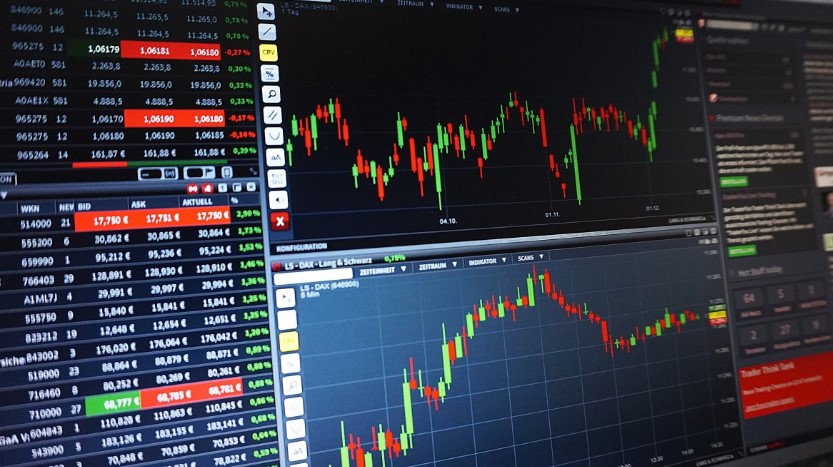Carry Trade: The Complete Guide - What It Is, How to Do It, and Tips to Profit
June 3, 2024

Carry Trade is one of the most interesting investment strategies in the world of Forex and global financial markets. Despite its apparent simplicity, carry trade requires a solid technical background and strict discipline.
We'll discuss it in this guide. We'll explore every aspect of carry trade, reveal how it's practiced, and provide useful tips to maximize profits and minimize risks. We'll also discover the differences compared to other trading strategies in terms of time horizon, analysis, and operation.
What is Carry Trade?
Carry trade is a trading strategy that exploits the differences in interest rates between two currencies. In practice, a trader borrows a currency with a low interest rate and invests in a currency with a higher interest rate. The profit comes from the difference between the two interest rates, known as the "carry". This strategy is particularly common in the currency market (Forex), but it can also be applied to other markets.
Unlike other trading strategies, such as day trading or swing trading, carry trade is not based so much on speculation on short-term price movements, but on returns derived from interest rates. This makes carry trade a long-term strategy, often used by institutional investors seeking to capitalize on stable interest rate differentials.
Technical Analysis and Fundamental Analysis in Carry Trade
In carry trade, technical analysis and fundamental analysis take on specific and peculiar characteristics, at least compared to other trading strategies.
To begin with, fundamental analysis plays the most important role: the carry trader, after all, focuses mainly on the interest rates of the currencies involved. The carry trader closely monitors the decisions of central banks, such as the Federal Reserve or the Bank of Japan, as changes in interest rates can significantly influence the profitability of their trading action. Economic indicators such as inflation, GDP, and employment data are also essential for predicting future monetary policy moves.
Technical analysis, although less important than fundamental analysis, still plays a significant role. The carry trader uses tools such as moving averages, RSI (Relative Strength Index), and Bollinger Bands to identify market trends and patterns, helping to optimize investment timing and reduce short-term volatility risks. However, unlike other more speculative strategies, technical analysis in carry trade is used with a longer time horizon, seeking to confirm the strength of trends supported by economic fundamentals.
The combined use of both analyses allows for a comprehensive view of the market, enabling more accurate predictions and better risk management.
The Biggest Challenges of Carry Trade
Despite the potential gains, carry trade presents several pitfalls. One of the main challenges is the exchange rate risk. If the currency invested in depreciates against the borrowed currency, losses can exceed gains from the interest rate differential.
Another challenge is fluctuations in interest rates. Central banks may change interest rates in response to various economic factors, but also as an emergency measure and thus unexpectedly. This makes the carry trade strategy risky if you don't constantly monitor the global economic situation.
Finally, financial leverage, commonly used in carry trade to amplify gains, can be a risk factor. Leverage allows you to control a larger position than would be possible with your own capital, but it also exponentially increases potential losses. Therefore, it's essential to use leverage cautiously, aware that it's a double-edged sword.
The Psychological Profile of the Perfect Carry Trader
Carry trading is not suitable for all investors. It requires a specific psychological profile and a set of personal characteristics that not everyone possesses. First and foremost, the carry trader must be characterized by discipline and patience. Since carry trade is a long-term strategy, it's essential to be able to maintain your position even during periods of market volatility, without getting carried away by trend changes, fluctuations, retracements, etc.
The ability to manage stress and uncertainty is another fundamental quality. Financial markets are inherently volatile and unpredictable, and a carry trader must be able to remain calm and rational even in the most turbulent market situations.
A good carry trader must also boast a solid knowledge of macroeconomic factors and a developed analytical ability to correctly interpret economic data. This requires constant training and updating on global economic conditions and the monetary policies of major central banks.
Finally, the ability to manage risk. A carry trader must know how to set adequate stop losses and take profits, and must be willing to close a losing position if market conditions change unfavorably. This requires a flexible mindset and the ability to make quick and informed decisions.




